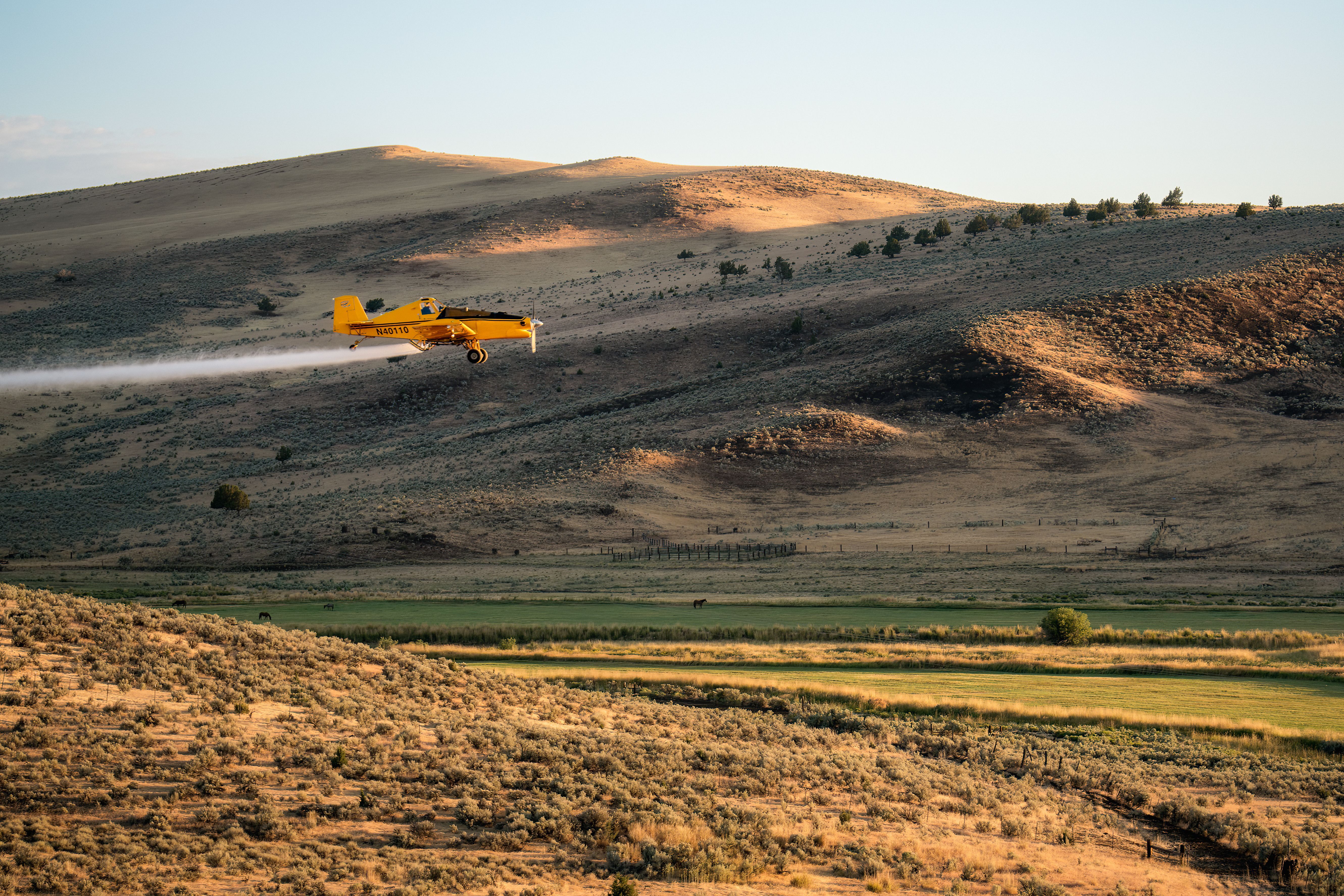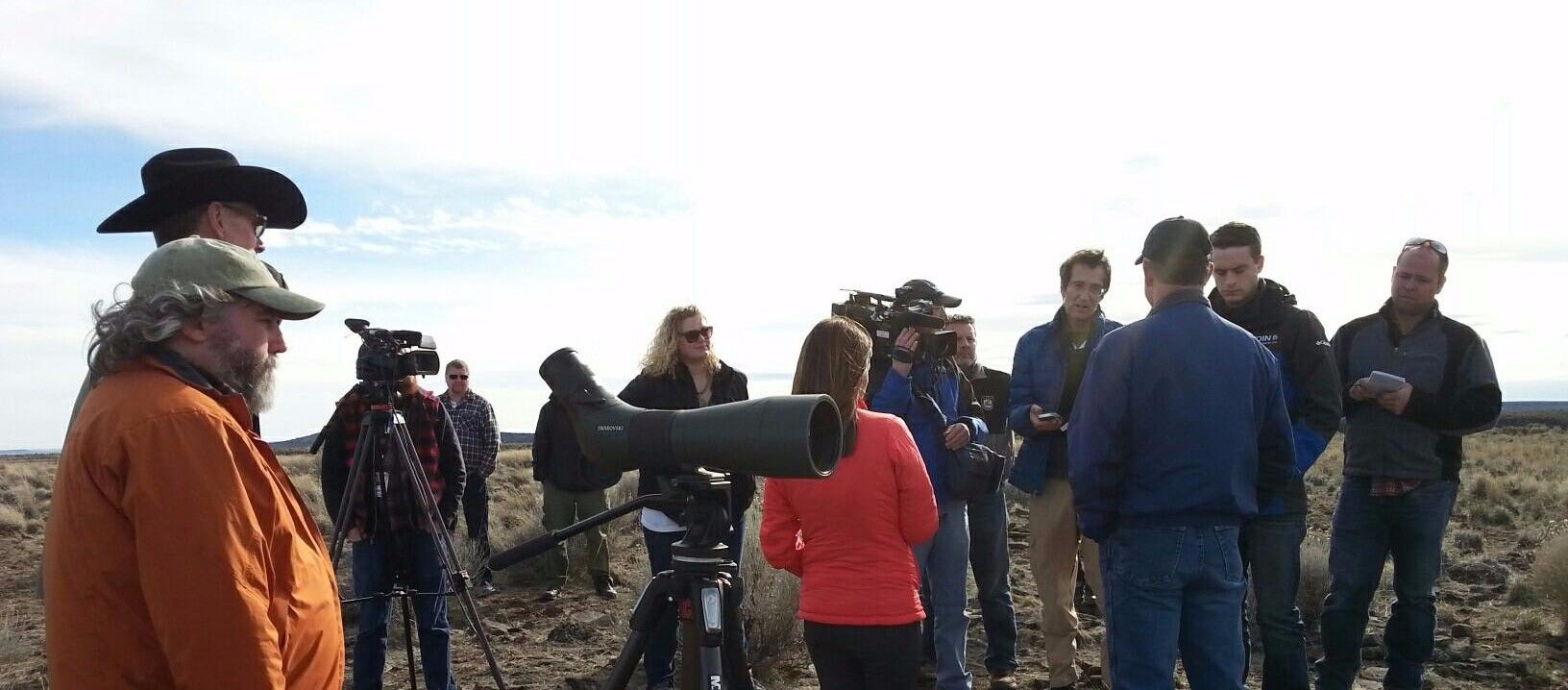
During the past two years the Harney County Wildfire Collaborative implemented the Southeast Oregon Wildfire Resiliency Project (SOWR) which consisted of more than 80,000 acres of critical fuel treatments to enhance wildfire resiliency across sagebrush steppe landscapes in Southeast Oregon. This funding came from Oregon Senate Bill 762 which provided "more than $220 million to help Oregon modernize and improve wildfire preparedness through three key strategies: creating fire-adapted communities, developing safe and effective response, and increasing the resiliency of Oregon's landscapes."
Mid 2023 the door was opened to apply for additional funding which could enable round two of the SOWR project to be implemented; as a result of the application, $3.8 million is coming into Harney and Malheur Counties. With this funding the Harney County Wildfire Collaborative partners will implement wildfire resiliency treatments on an additional 22,000 acres of public and private land in southeast Oregon beginning this year and into 2025.
Measured Success
One of the most imperiled ecosystems in the United States, the sagebrush steppe, covers 23 million acres in Oregon. Catastrophic wildfire creates a sense of urgency as these lands provide the foundation of rural communities that support ranching, recreation, and critical habitat for a variety of species including big game, songbirds, sage-grouse and other sagebrush dependent species.
Since the creation of the SOWR Project in 2021, the implemented treatments of invasive grass spraying, juniper tree removal and seeding perennial grasses have been successful in both fostering a healthier landscape and making it more resistant to wildfire for the future. Josh Hanson, High Desert Partnership Forest & Range Ecological Coordinator, adds that in areas that have been treated within the confines of the SOWR Project, the removal of juniper trees is notable and makes precious water available to native plants that wildlife relies on for food and habitat. Additionally, there has been a noticeable reduction in the presence of invasive annual grasses, and a substantive increase in the growth of perennial bunchgrass. He says that “all this leads to greater site resilience to disturbance, and a large flush of water availability back to the landscape.”
Plans for the 2024 and 2025
Weather plays a significant role in how and when treatments can be executed. For the more than 22,000 acres to be treated with this most recent round of funding, Hanson anticipates juniper tree removal will begin in the spring of 2024. The process involves both time and resources as juniper trees need not just to be cut, but piled and burned as well. Efforts will also be aimed at invasive annual grass treatment via aerial application. In this project area specifically, Hanson says that “both junipers and invasive annual grasses have encroached on the native ecosystem and decreased its function.”
Making It Happen
Now that $3.8 million in funding has been secured for work on the SOWR Project in 2024 and 2025, and a project strategy has been set forth, efforts of Collaborative partners are focused on mobilizing resources and finding contractors to begin executing work this spring. For questions about this news contact Josh Hanson, High Desert Partnership Forest & Range Ecological Coordinator at josh@highdesertpartnership.org and 541 573 7820.

